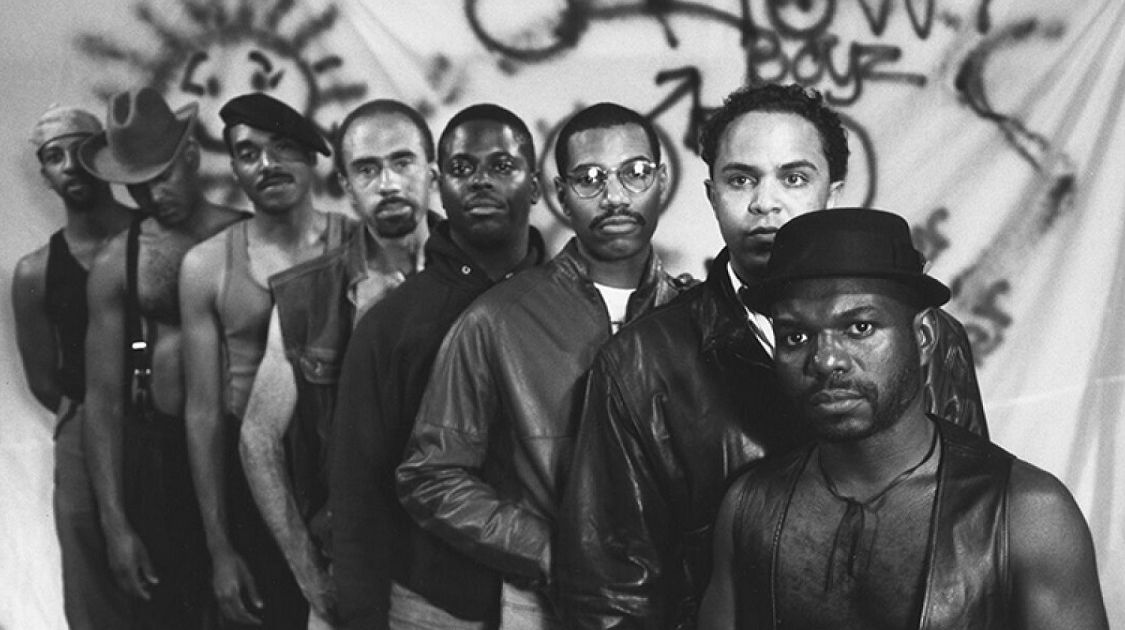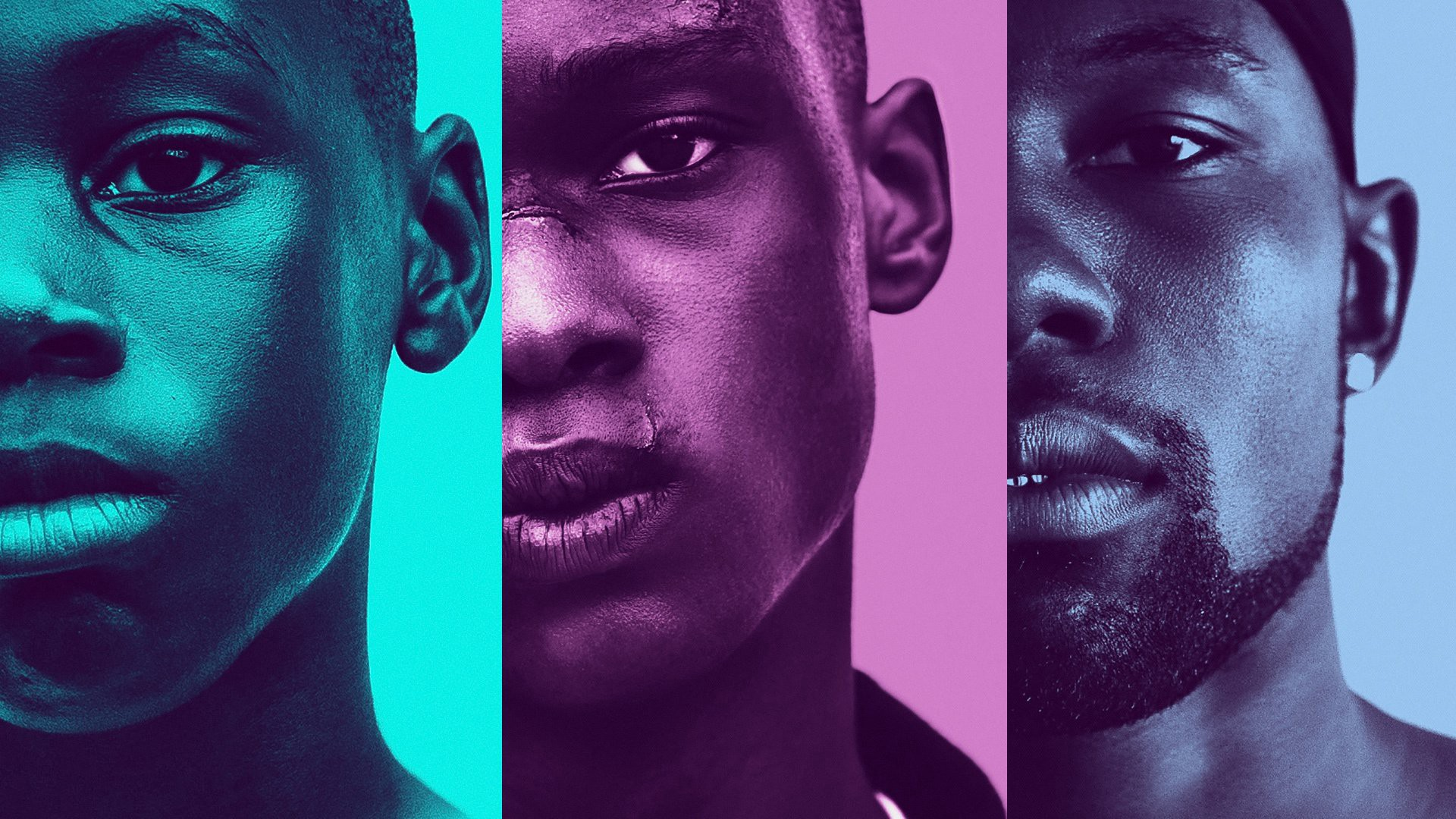There are two defining counter-publics that combat the hegemony of a dominant public sphere that is powered and controlled predominantly by cis-gendered, straight, white males: The counterhegemonic spheres of the Black and the Queer.
The purpose of these spheres is to move away from the idea of a singular public sphere that is dominated by white, bourgeois males in order to allow for the recognition and validation of marginalized minority groups in a social or political context.
The Black Public sphere is a counter-ideology heavily focused on fighting for the equalization and fair representation of black communities and people of colour as a part of mainstream ideologies. The Queer counter-public, however, focuses on the validation, acceptance and equalization of people who identify as anything outside of heteronormative and gender binary ideologies. Both counter-spheres, however, tend to focus distinctly on a single defining, collective, group identity.
So, what does this mean for marginalized group members who identify with more than one of these counter-public spheres? Can we refer to them as a sub-alternate minority groups within one sphere if half of their identity is rooted in another? Or do we create an entirely new sub-countersphere to coexist alongside already established counter-publics?
This is a question we encounter at the crossroads between blackness and queerness. Scholar Catherine Squires suggests that in differentiating the “dominant” public sphere from that of counter-publics based solely on group identity, we tend to overlook how constituents of these counter-spheres interact and intersect with one another.

This brings me to the topic of marginalized minorities within marginalized counter-publics. For queer black individuals, the struggle to pertain to a counter-public based on a generalized group identity is very real. Being that one half of their identity, predominates the other. For example, depending on the counter-public perspective: one’s queerness is overshadowed by their blackness, or conversely, one’s blackness is overshadowed by their queerness. Thus, queer, black individuals tend to fall into the “gray” area of the rainbow, because their identity as a black queer individual is marginalized and overlooked within either counter-sphere.

It isn’t until Marlon Riggs’ 1989 essay film Tongues Untied that we witness a voice being given to black queer communities. 27 years later, we see another example of this in the 2016 drama, Moonlight. These films center on those that have been marginalized within Black and LGBTQ liberation movements and both offer considerable insight into the perspectives that black, queer individuals have on the world as they confront racism, homophobia and marginalization.
In addition, not only do these films fight for representation against dominate public-sphere ideologies predominated by cis-gendered, straight, white men, but they also fight for representation of marginalized minorities within marginalized minority groups that are dominated mostly by a singular collective identity.
This again, reiterates the argument that there is a difference between queer and black communities (and films) and thus, brings me back to the “gray area” of marginalized minorities and poses my original question. If there is a difference within the black public sphere between cis-gendered, straight black individuals and non-cis, queer black individuals; and if in the queer counter-sphere, there is a difference between being a non-cis, queer white individual or a non-cis, queer, black individual, should we consider black queer individuals to be a sub-alternate counter-public sphere that intersects with that of other sub-alternate, counter-spheres? Or should we disregard either sub-alternate counter-sphere in favor of giving black, queer marginalized minorities a counter-sphere of their own in which their generalized identity focuses on both their blackness and their queerness?
Catherine Squires, “Rethinking the Black Public Sphere: An Alternative Vocabulary for Multiple Public Spheres,” Communication Theory 12.4 (Nov 2002): 446-468.
Tongues Untied (Marlon Riggs, 1989, 55 min)
Moonlight (Barry Jenkins, 2016, 1h 55m)
Love your discussion around Moonlight – such an important film.
LikeLike